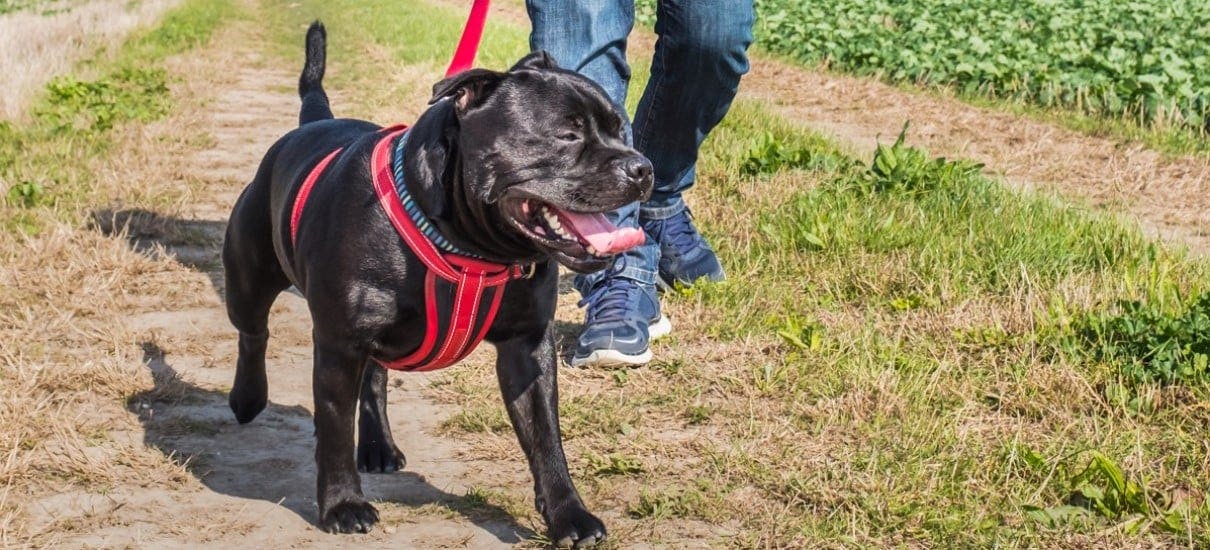
How to Choose the Best Dog Harness
General Advice
Dog
Product Guides
01/05/2023
Whether you're a new dog owner, training your puppy loose leash walking, or just looking to make walks more comfortable, selecting the right dog harness for your canine can be daunting.
Harnesses are a versatile piece of kit for dog owners and recommend all dogs should have a harness as well as their regular collar.
The main benefit of a dog harness is how it fits around your dog's chest and behind their back legs distributing the pressure more evenly across their body and reducing pressure on their necks. Thus a dog harness is better than a dog collar when restrained in the car or walking because it is a lot more comfortable. Especially for those that pull on the lead or have breathing difficulties. Dogs are also less likely to wriggle out of a harness.
There are many styles on the market, so when you are choosing a dog harness you should be considering your pet’s size, temperament, and activity level.
This guide will help you choose the right size dog harness and to decide what type of harness is best for you and your dog.
How to Measure Your Dog for a Harness
Choosing the right size dog harness will ensure it is a comfortable fit and is the difference between it being too small and painful or the harness being too loose and your dog easily being able to wriggle out of it. So, to get the best fitting dog harness it is important to measure your dog before buying.
To measure your dog for a harness, take the measurement of your dog's chest girth. The girth is the broadest part of a dog’s chest or rib cage just behind the dog's armpits of the front legs. Give it a couple of extra centimetres so it’s not too tight.
There are different types of dog harnesses that sit differently on the dog's body, so depending on the type, the size guideline may also indicate the lower neck measurement and the weight or breed of the dog.
Most dog harnesses have adjustable straps, so their guidelines will indicate a range for each size. When choosing the size of the dog harness, select one that is within the range you measured.
What Type of Harness Is Best Suited to Your Dog?
If you are looking at getting a harness for your dog one of the first things you need to decide is what is the main purpose that you will be using this harness for.
Is the main purpose of getting a dog harness to help stop your dog from pulling on the lead, to keep them safe when travelling in the car, for tracking or dog sports, or just for making your pet more comfortable on daily walks.
These days there is a huge range on the market all with different designs, materials, and styles so it is important to do your research on the different types of dog harnesses and work out what one is best for you and your dog's needs.
Standard Dog Harness
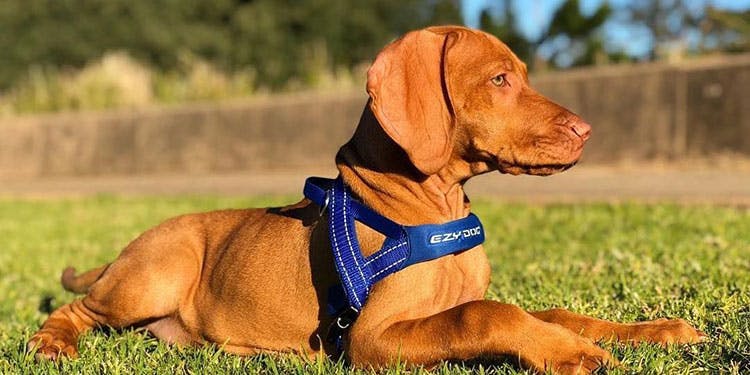
Standard Dog Harness
A standard dog attaches to the leash on the dog's back this distributes the force of the leash against a dog’s chest and back like the Ezydog QuickFit Harness or the Rogz Belts Utility Harness. This design works well for small dogs or dogs who are already good at loose leash walking. These harnesses are also ideal for brachycephalic breeds (short-nosed) or dogs with collapsed trachea's as they keep pressure off the dog's neck and throat.
However, a standard dog harness is not the best option for large, strong dogs because it allows them to pull hard against the leash and creates a sled effect.
Step In Dog Harness
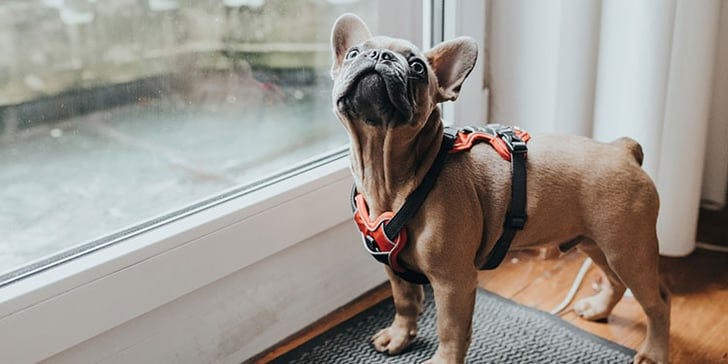
It can be hard to put a harness on some dogs as not all dogs are used to having things put over their head. For some dogs, the idea of having a foreign object slipped over their head or around their neck sends them into a panic.
The range of easier-to-fit step-in dog harnesses is great for these sorts of nervous dogs.
These harnesses are especially designed to be easy to fit making getting ready for your walk a much more stress-free experience. These harnesses come in a variety of materials and styles, there is soft step-in harnesses like the Fuzzyard Step-in Harness or more traditional nylon harnesses like the Hunter Neoprene Vario Dog Harness. Added features to look out for are traffic handles which are useful for grabbing your dog when off-leash, helping them up when hiking, or holding them close in high traffic areas. The EzyDog Convert Harness features a soft-touch traffic handle to give you extra security and control over your dog, this harness is a great option for active dogs as it is both street and trail-ready.
Front Clip Dog Harness
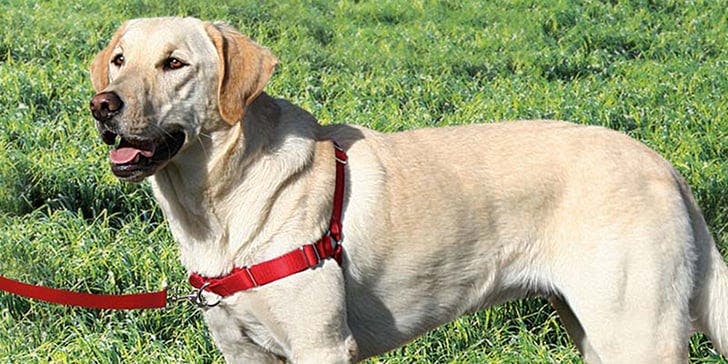
A front-clip harness has a leash attachment in the centre of the dog’s chest, this harness is often also referred to as a no-pull harness. These harnesses are often chosen for training puppies, retraining rescue dogs, or for use with strong dogs with bad leash-walking habits. By having the leash attachment on the dog's chest these harnesses give the owner more control over the direction the dog is moving. When the dog pulls it will be redirected towards the owner instead of allowing them to pull ahead. These harnesses are a great way to encourage loose leash walking or to aid in training your dog to not pull on the leash. They come in a range of styles like the Gentle Leader Easy Walk Harness or the Halti Harness which both give allow you to control the dog from their chest or shoulders.
No Pull Dog Harness
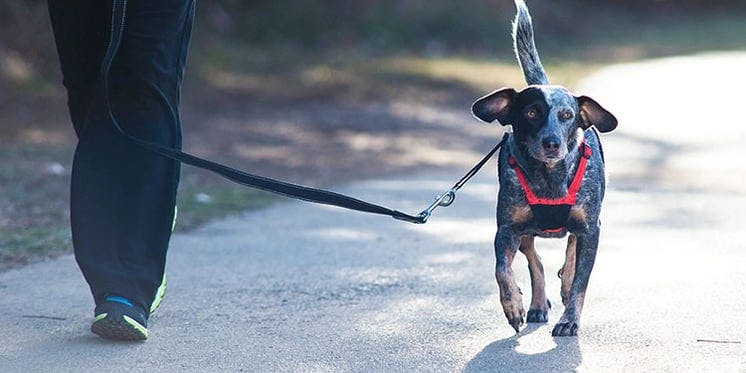
There is a variety of harness designs, as well as front clip, harnesses that are designed to stop dogs from pulling. Many of these harnesses work to discourage dogs from pulling by gently tightening and applying pressure when the dog pulls on the leash. These harnesses are especially good for strong dogs that often escape collars or soft harnesses. An example of one of these harnesses is the Sporn Non-Pull Mesh Harness which is an easy-to-fit step-in harness that is an easy fix for dogs that pull on the lead. Although it is more of a band-aid solution that needs to be used alongside other training methods to ensure your dog Dog Harness for the Carlearns loose leash walking.
Dog Harness for the Car
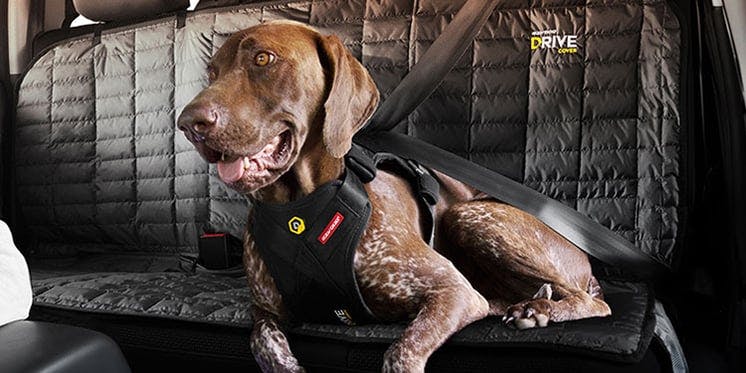
A dog harnesses is designed to secure your dog in the car and protect your dog in the case of a car accident. These harnesses come in many designs and generally attach to your car's seat belt to restrain your pet. These harnesses can also come in versatile designs that double as walking harnesses such as the Masterpet 2 in 1 Car Harness For Dogs that is attached to any car seat belt to help prevent injuries as well as having a D ring for use as a comfortable walking harness. But if you are looking for top-of-the-range dog car harnesses you need to go for a crash-tested car harness like the EzyDog Drive Harness that is crash tested to USA, Europe & Australian standards. On this harness, all webbing is made from vehicle-tested seat belt webbing and the Crosslink Technology ensures that the harness is the ultimate in strength.
Tracking Dog Harness
Harnesses are used a lot for dogs that do tracking or search and rescue work, as they do not put pressure on the throat and restrict breathing as collars do. The key thing to look out for when selecting a tracking dog harness is to ensure that this harness does not restrict your dog’s breathing or shoulder movements. Something that has a front chest plate like the EzyDog Chest Plate Harness is a good option as it has an ergonomic EVA chest plate that conforms to your dog's chest for a comfortable fit without restricting shoulder movements. Tracking harnesses should also be lightweight, so it does not weigh the dog down. As well as being well padded to give your dog additional comfort and to help to avoid skin rubbing and irritation. There is also a range of specialist leather and nylon tracking harnesses on the market through international stores for more professional use.
To ensure you choose the best dog harness, make sure you measure your dog to get the right fit and consider the different types of harnesses and what you want to use them for.
If you need further advice on choosing the best harness for your dog, reach out to our friendly customer experience team.
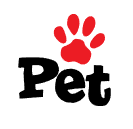
Written by The Pet.co.nz
Team
Written by The Pet.co.nz Team
A team of specialists with backgrounds in animal nursing, animal care, and all things pet related.